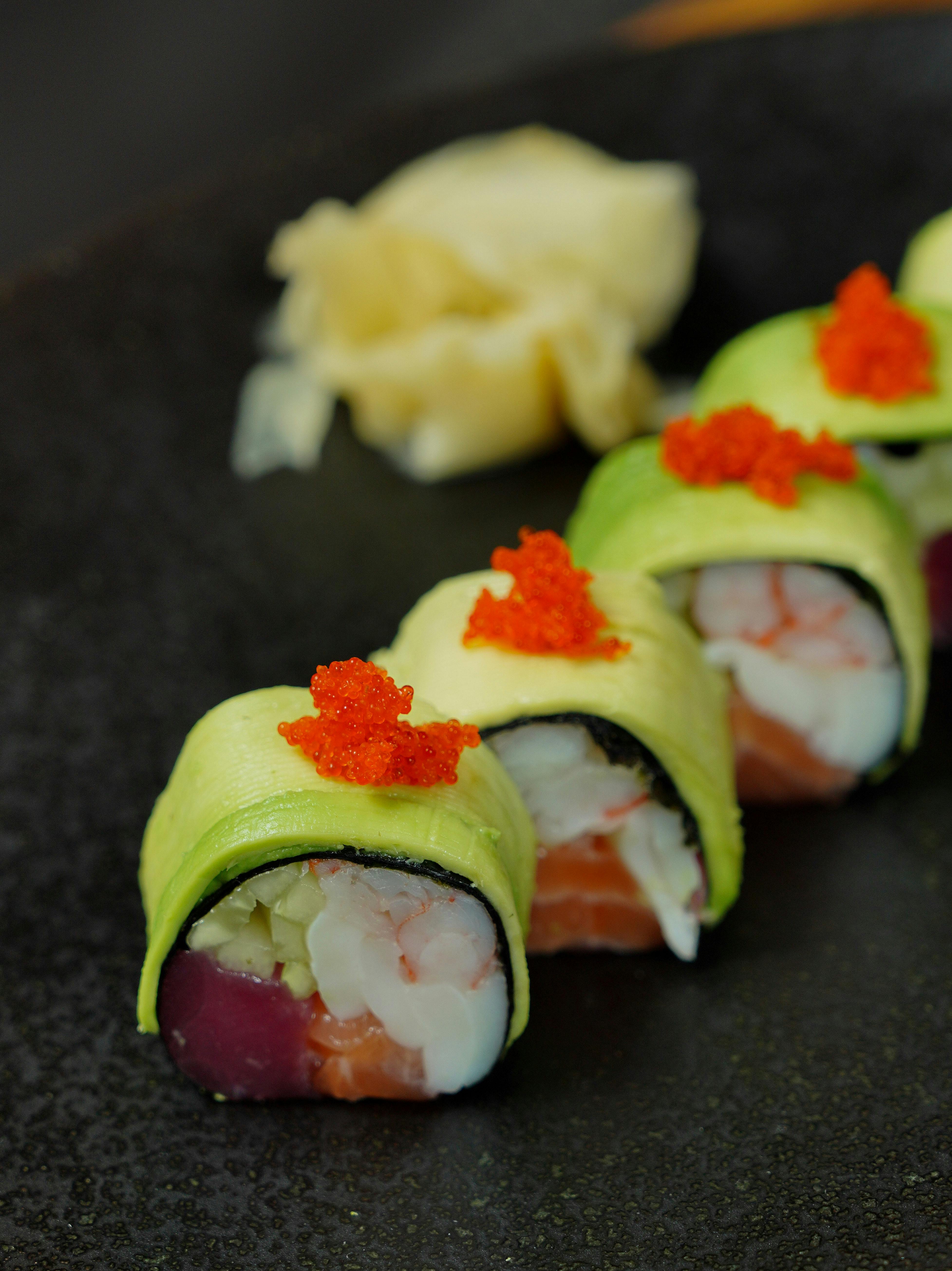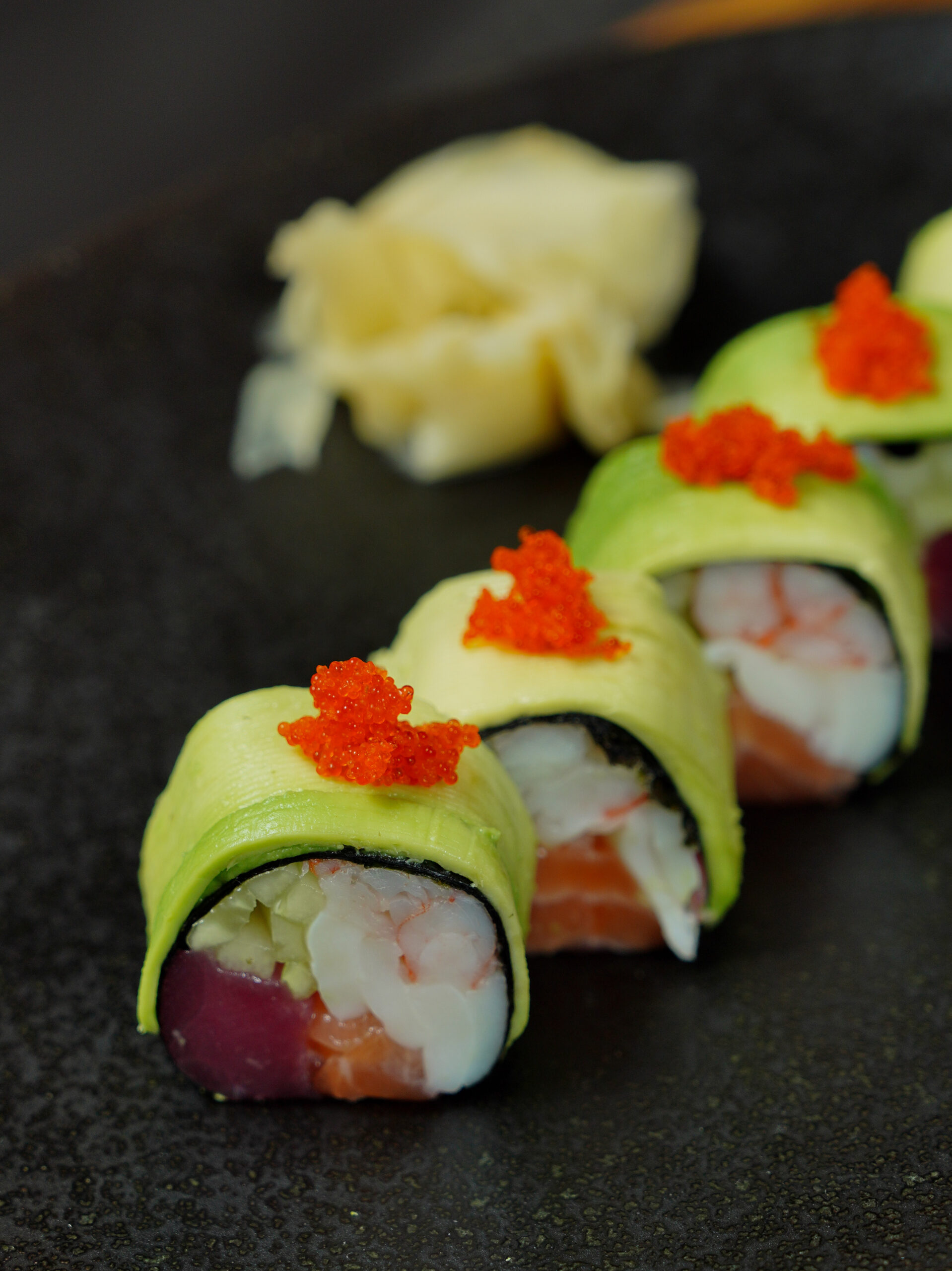Indulge your taste buds as we take you on a mouthwatering journey through the global influence of Italian cuisine. From the classic comfort of pizza to the tantalizing allure of pasta, Italian food has captured the hearts and palates of people around the world. Tastepan.com invites you to explore the intricate tapestry of culinary histories, regional cuisines, and captivating food-related stories that will open your eyes to the rich heritage of Italian gastronomy. Get ready to savor the flavors and discover the timeless allure of Italian cuisine, beyond just pizza and pasta.

History of Italian cuisine
Italian cuisine has a rich and diverse history that has evolved over many centuries. From the ancient Roman Empire to the Renaissance period, Italian cuisine has been influenced by various cultures and traditions. The origins of Italian cuisine can be traced back to the Etruscans and ancient Greeks who settled in the southern part of Italy. These early civilizations brought with them farming techniques, cooking methods, and ingredients that formed the foundation of Italian cuisine.
Origins of Italian cuisine
The Etruscans and Greeks introduced olive oil, fish, and various herbs and spices to the Italian peninsula. They also cultivated vegetables such as garlic, onions, and artichokes, which are still staples in Italian cuisine today. The Romans further developed the culinary traditions and techniques, incorporating new ingredients such as meat, cheese, and wine. The Roman Empire’s vast trading network allowed for the exchange of food and ideas across Europe, contributing to the diversity and richness of Italian cuisine.
Evolution of Italian cuisine
During the Middle Ages, Italian cuisine underwent significant changes as different geographic regions developed their own culinary identities. The coastal cities focused on seafood, while inland regions relied more on grains and vegetables. The Renaissance period saw a renewed interest in the arts and culture, including the culinary arts. The wealthy Italian noble families commissioned lavish banquets and employed talented chefs to create elaborate dishes.
Spread of Italian cuisine
Italian cuisine started to gain international recognition during the Age of Exploration when Italian explorers, such as Christopher Columbus, introduced new ingredients like tomatoes, potatoes, and chocolate to Europe. These ingredients quickly became popular in Italian cuisine and spread throughout Europe. Furthermore, Italian immigrants who settled in countries like the United States and Argentina brought their culinary traditions with them, establishing Italian restaurants and pizzerias that would later become iconic in these countries.
Pizza: a global favorite
Pizza is undoubtedly one of the most recognizable and beloved Italian dishes worldwide. Its origins can be traced back to ancient times and have evolved significantly over the centuries.
History of pizza
The precursor to modern pizza can be found in ancient civilizations, where flatbreads topped with various ingredients were baked on hot stones. However, it was in Naples, Italy, during the 18th century when the pizza as we know it today began to take shape. Neapolitan pizza, characterized by a thin and crispy crust, topped with simple yet flavorful ingredients, became popular among the lower classes in Naples.
Different styles of pizza
As pizza gained popularity in Italy and around the world, different regional variations emerged. In addition to Neapolitan pizza, other famous styles include Roman pizza, which has a thicker and chewier crust, and Sicilian pizza, known for its rectangular shape and thick, doughy crust. Each style has its own unique characteristics and toppings, showcasing the diversity and creativity of Italian cuisine.
Popular pizza toppings worldwide
While traditional Neapolitan pizza typically features only a few classic toppings, such as buffalo mozzarella, tomatoes, and basil, the globalization of pizza has led to a wide variety of toppings being used. From classic combinations like pepperoni and mushrooms to more unconventional options like pineapple and barbecue sauce, there is a pizza topping to satisfy every palate. The versatility of pizza has allowed it to adapt to different culinary traditions and preferences around the world.

Pasta: from Italy to the world
Pasta is another Italian staple that has become a global favorite. With a multitude of shapes, sizes, and textures, pasta dishes offer limitless possibilities for creativity in the kitchen.
Types of pasta
There is an astonishing variety of pasta shapes used in Italian cuisine. From long and thin spaghetti to short and tubular rigatoni, each shape serves a specific purpose in different dishes. Some shapes are better suited for holding thick sauces, while others are designed to capture lighter and more delicate flavors. The sheer diversity of pasta shapes reflects the ingenuity and artistry of Italian culinary traditions.
Traditional Italian pasta dishes
Italian cuisine is renowned for its pasta dishes, which range from simple and rustic to sophisticated and refined. Classic dishes like spaghetti alla carbonara, made with eggs, pancetta, and cheese, and lasagna, with layers of pasta, sauce, cheeses, and meat, showcase the versatility and depth of flavor that pasta can offer. These dishes often rely on high-quality ingredients and the meticulous preparation techniques that have been passed down through generations.
International variations of pasta dishes
As Italian immigrants settled in different parts of the world, they brought their culinary traditions with them. This led to the emergence of unique variations of Italian pasta dishes in countries like the United States and Argentina. For example, in the United States, spaghetti with meatballs became a popular dish among Italian-American communities. These variations demonstrate how Italian cuisine has adapted and evolved to suit local tastes and ingredients, while still maintaining its core principles.
Italian desserts: a sweet influence
Italian cuisine is not only known for its savory dishes but also for its delectable desserts. From gelato to tiramisu, Italian desserts have made their mark on the global culinary scene.
Famous Italian desserts
Italian desserts are beloved for their rich flavors and indulgent textures. Tiramisu, a creamy dessert made with layers of ladyfingers soaked in espresso and mascarpone cheese, is a perennial favorite. Other iconic Italian desserts include cannoli, a crispy pastry shell filled with sweet ricotta cheese, and panna cotta, a silky custard served with a fruit compote. These desserts have become synonymous with Italian cuisine and are enjoyed by people of all ages around the world.
Influence of Italian desserts on global cuisine
Italian desserts have had a significant influence on the dessert menus of restaurants and bakeries worldwide. The use of ingredients such as chocolate, coffee, and different types of cheese can be attributed to Italian culinary traditions. Additionally, the emphasis on simplicity, fresh ingredients, and skillful execution has become a hallmark of Italian-inspired desserts. The global popularity of gelato shops, offering a wide array of flavors and textures, further demonstrates the enduring charm of Italian desserts.

Italian cheeses: beyond Parmesan
Italy is renowned for its exceptional cheeses, each with its own distinct flavor profile and culinary applications. From creamy mozzarella to sharp gorgonzola, Italian cheeses are beloved by cheese connoisseurs worldwide.
Varieties of Italian cheeses
Italy boasts a staggering variety of cheeses, with over 450 recognized types. These cheeses are made from different types of milk, including cow, sheep, and goat’s milk. Some notable Italian cheeses include parmigiano reggiano, also known as Parmesan, which is aged for at least 12 months to develop its nutty and complex flavors. Mozzarella, often associated with pizza, is a fresh cheese with a soft and creamy texture. Other famous Italian cheeses include gorgonzola, pecorino romano, and taleggio.
Famous Italian cheese dishes
Italian cheeses are used in a wide range of dishes, from simple appetizers to complex main courses. Caprese salad, made with fresh mozzarella, tomatoes, and basil, is a classic Italian dish that showcases the versatility of Italian cheeses. Another popular dish is risotto, which often incorporates grated parmigiano reggiano for a rich and creamy finish. Italian cheeses also pair beautifully with cured meats, olives, and various fruits, allowing for the creation of flavorful and balanced cheese plates.
Influence of Italian cheeses on global cuisine
Italian cheeses have made their way into cuisines around the world, particularly in dishes that emphasize the importance of high-quality ingredients and artisanal craftsmanship. For instance, in French cuisine, mascarpone, an Italian cream cheese, is used to create luscious desserts like tiramisu. Italian cheeses have also become a staple in gourmet food stores and cheese shops globally, allowing people to experience the distinctive flavors and textures of Italian cheese without leaving their own country.
Italian wines: pairing perfection
Italy is renowned for its exceptional wine production, with diverse regions and grape varieties that create a tapestry of flavors and aromas. Italian wines are cherished for their ability to perfectly complement Italian cuisine and are enjoyed by wine enthusiasts worldwide.
Regions of Italian wine production
Italy is divided into various wine regions, each with its own unique growing conditions and grape varieties. Some of the most famous wine regions include Tuscany, home to the renowned Chianti and Brunello di Montalcino wines; Piemonte, known for its Barolo and Barbaresco wines; and Veneto, the birthplace of Prosecco and Amarone wines. These regions, along with many others, contribute to Italy’s reputation as one of the world’s leading wine producers.
Popular Italian wine varieties
Italy is known for its diverse range of grape varieties, each lending a distinct character to the wines produced. Sangiovese, the primary grape in Chianti, offers vibrant acidity and notes of cherry and herbs. Nebbiolo, used in the production of Barolo and Barbaresco wines, is known for its bold tannins and flavors of red fruit and truffles. Other popular Italian grape varieties include Pinot Grigio, Prosecco, and Montepulciano, each offering its own unique taste profile.
International appreciation of Italian wines
Italian wines have gained global recognition and appreciation for their quality and versatility. They are often regarded as the perfect accompaniment to Italian cuisine, enhancing the flavors of dishes without overpowering them. Italian wine varieties have also found their way onto wine lists in top restaurants around the world, where sommeliers and wine enthusiasts cherish their complexity and ability to age gracefully. Additionally, wine tourism in Italy has become increasingly popular, allowing visitors from all over the world to explore the picturesque vineyards and wineries of Italy.
Italian coffee culture: from espresso to cappuccino
Italian coffee culture is deeply ingrained in Italian society, with a long-standing tradition of enjoying coffee as a social and cultural experience. From the rich and bold espresso to the creamy and frothy cappuccino, Italian coffee preparations have become favorites worldwide.
Traditional Italian coffee preparations
Italy is synonymous with espresso, a concentrated coffee beverage made by forcing hot water through finely ground coffee beans. Espresso is the foundation for many traditional Italian coffee preparations, such as caffè macchiato (espresso with a splash of milk), caffè latte (espresso with steamed milk), and caffè corretto (espresso “corrected” with a shot of alcohol). Each coffee preparation has its own rituals and etiquette, with Italians taking pride in the art of making and enjoying coffee.
Italian coffee beverages around the world
Italian coffee culture has transcended its borders and influenced coffee habits around the world. Cafés serving Italian-style espresso drinks can be found in virtually every city, offering a taste of Italy’s coffee traditions. Cappuccino, a coffee beverage made with equal parts espresso, steamed milk, and frothed milk, has become a beloved morning ritual in many countries. Italian coffee machines, such as the iconic moka pot and espresso machines, have become staples in kitchens worldwide, allowing coffee lovers to recreate the Italian coffee experience at home.
The role of Italian restaurants worldwide
Italian restaurants have proliferated across the globe, becoming a mainstay in many countries’ dining scenes. The popularity of Italian cuisine and the adaptability of Italian culinary traditions have contributed to the global success and recognition of Italian restaurants.
Proliferation of Italian restaurants
Italian cuisine’s popularity has led to the proliferation of Italian restaurants in cities around the world. From family-owned trattorias to upscale fine dining establishments, Italian restaurants offer a wide range of dining experiences. These restaurants not only serve authentic Italian dishes but also create a warm and inviting ambiance that reflects the Italian spirit of hospitality.
Adaptation of Italian cuisine in different countries
Italian cuisine has adapted and evolved in different countries to suit local tastes and ingredients. While many Italian restaurants worldwide strive to maintain the authenticity of traditional recipes, there is also room for creativity and innovation. Chefs in different countries often incorporate local ingredients and culinary techniques, creating unique interpretations of Italian dishes that cater to the local palate.
Global popularity of Italian restaurants
Italian restaurants have become immensely popular worldwide, catering to diverse international clientele. Whether it’s a homemade pasta dish, a wood-fired pizza, or a fresh seafood risotto, Italian restaurants offer something for everyone. The combination of comforting and familiar flavors, paired with the convivial atmosphere, has contributed to the enduring popularity of Italian restaurants as go-to dining destinations.
Italian culinary influences on other cuisines
Italian cuisine has had a profound influence on other cuisines around the world, with Italian ingredients, techniques, and flavor combinations being incorporated into global culinary traditions.
Italian ingredients and techniques in global cuisine
Italian ingredients such as pasta, tomatoes, olive oil, and herbs have become pantry staples in many kitchens worldwide. These ingredients are not only used in Italian-inspired dishes but also find their way into a wide variety of global cuisines. Italian cooking techniques, such as slow braising, sautéing with garlic and olive oil, and using fresh and seasonal ingredients, have also been adopted and adapted by chefs and home cooks around the world.
Examples of Italian culinary fusion
Italian cuisine has seamlessly fused with other culinary traditions, resulting in unique and delicious fusion dishes. For example, in the United States, dishes like spaghetti and meatballs and chicken Parmesan have become Italian-American classics. Similarly, in Brazil, the traditional Italian pasta dish of carbonara has been adapted to include local ingredients like Brazilian cheese and cured meats. These examples highlight how Italian cuisine has influenced and been influenced by other cultures, leading to the creation of new and exciting culinary combinations.
Influence of Italian cuisine on fine dining
Italian cuisine’s emphasis on simplicity, high-quality ingredients, and meticulous preparation has greatly influenced the philosophy of fine dining around the world. In many high-end restaurants, chefs draw inspiration from Italian culinary traditions, incorporating elements such as homemade pasta, artisanal cheeses, and seasonal produce into their menus. The Italian approach to highlighting the natural flavors of ingredients and creating harmonious flavor combinations has become a cornerstone of contemporary fine dining.
The future of Italian cuisine
Italian cuisine continues to evolve and adapt to modern tastes and culinary trends. However, it also faces challenges in maintaining its authenticity and preserving traditional farming methods and culinary traditions.
Emerging trends in Italian cuisine
As the world becomes more connected, Italian cuisine has begun to incorporate global influences and culinary trends. Chefs experiment with new ingredients, techniques, and flavor combinations, creating innovative dishes that merge tradition with modernity. The focus on sustainability, organic farming practices, and local ingredients also plays a significant role in shaping the future of Italian cuisine, as chefs and consumers alike seek to reduce their environmental impact.
Sustainability and traditional farming methods
Preserving traditional farming methods and promoting sustainability is essential to the future of Italian cuisine. Many Italian chefs and food producers prioritize organic farming, seasonal ingredients, and responsible sourcing to ensure the long-term viability of Italian culinary traditions. By embracing sustainable practices, Italian cuisine can continue to offer high-quality, flavorful, and healthy dishes that showcase the best of Italy’s agricultural heritage.
Preservation of culinary traditions
Preserving culinary traditions is crucial to maintaining the authenticity and integrity of Italian cuisine. Efforts are being made to document and safeguard traditional recipes, cooking techniques, and regional specialties to ensure they are passed down to future generations. Culinary schools and organizations promote the study and practice of traditional Italian cuisine, promoting a deeper appreciation for the cultural and historical significance of Italian culinary traditions.
Italian cuisine’s global influence is undeniable, with dishes like pizza, pasta, and gelato being enjoyed by people around the world. As Italian culinary traditions continue to evolve and adapt to modern tastes, the future of Italian cuisine lies in its ability to preserve its rich history while embracing sustainability, innovation, and the preservation of its culinary traditions. Whether it’s a plate of spaghetti carbonara or a glass of Chianti, Italian cuisine will continue to captivate and delight food lovers for generations to come.

